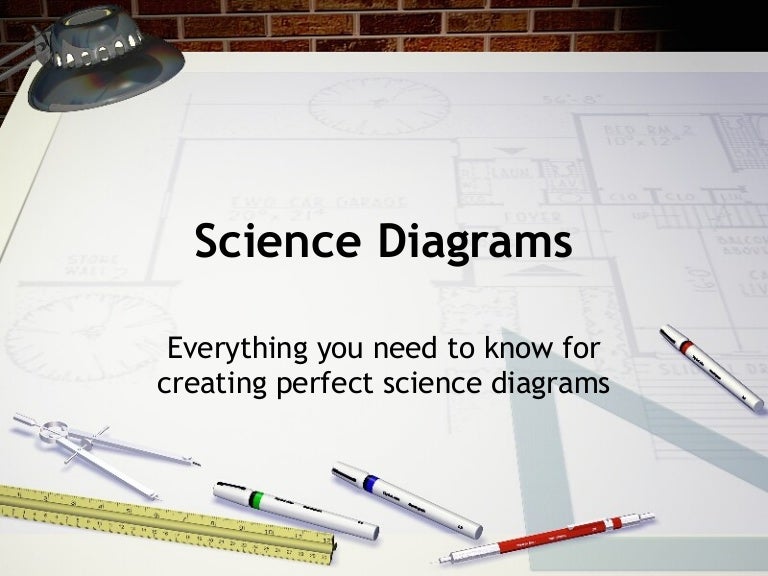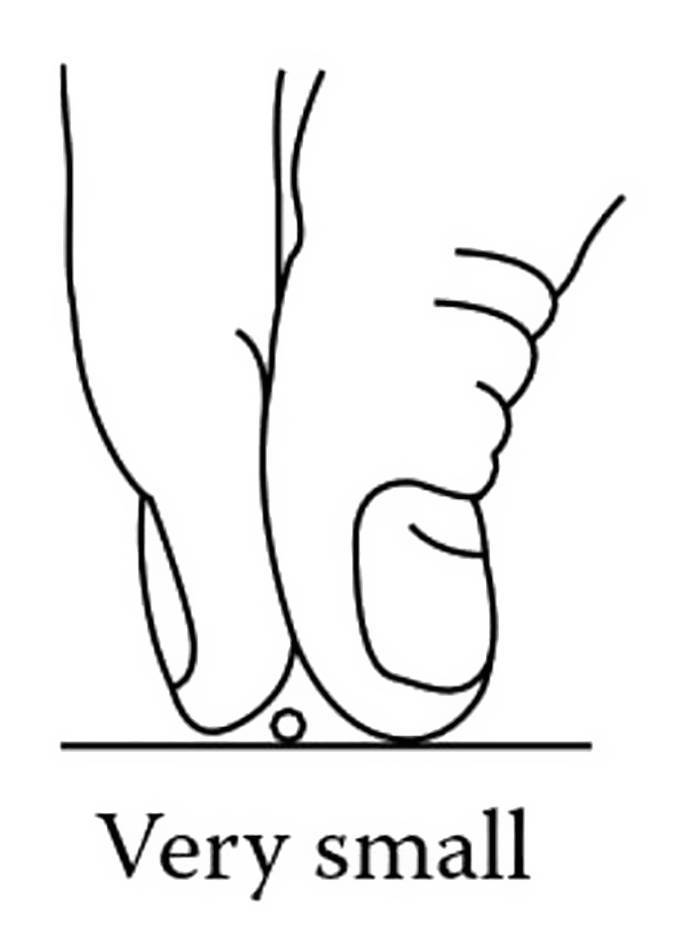

Now, expand your image to encompass all the butterflies of this species in a particular meadow over several generations. If you focus on four individual butterflies in both the parental and offspring generations, the resulting pedigree may appear like the one in Figure 1B.

To better understand what a phylogeny represents, start by imagining one generation of butterflies of a particular species living the same area and producing offspring. A more complete view of this subject can be developed by learning about how traits evolve along trees, how trees are reconstructed, and how trees are used to study various aspects of evolution. This understanding allows present-day researchers to use phylogenies to visualize evolution, organize their knowledge of biodiversity, and structure and guide ongoing evolutionary research.īut what exactly is a phylogeny? Moreover, how should one read and interpret one of these diagrams? In an attempt to answer such questions, the following sections present a brief introduction to tree thinking. This may be the reason why biologists have only in the last few decades come to develop a rigorous understanding of phylogenetic trees. However, it turns out that the tree model of evolution is somewhat counterintuitive and easily misunderstood. Therefore, one might assume that, by now, most scientists would be exceedingly comfortable with "tree thinking"-reading and interpreting phylogenies. Tree diagrams have been used in evolutionary biology since the time of Charles Darwin. Furthermore, because these trees show descent from a common ancestor, and because much of the strongest evidence for evolution comes in the form of common ancestry, one must understand phylogenies in order to fully appreciate the overwhelming evidence supporting the theory of evolution. Phylogenies are useful for organizing knowledge of biological diversity, for structuring classifications, and for providing insight into events that occurred during evolution. We don't claim ownership and/or copyright on the input data nor the generated image(s) using our serivce.A phylogenetic tree, also known as a phylogeny, is a diagram that depicts the lines of evolutionary descent of different species, organisms, or genes from a common ancestor. However, the information is provided "as is" without responsibility or liability of any kind. We made every attempt to ensure the accuracy and reliability of the results provided through this webservice. This tool is provided "free to use for all". Venn Diagram Fill: Colored No fill, lines only Venn Diagram Shape: Symmetric Non-Symmetric

In the meantime we would be grateful if you can mention the URL where one can access the tool. Choose either symmetric of non-symmetric.Ĭite? Unfortunately there is no publication yet describing this tool. The style of the graphical output can be specified in the output control section. You can make extra fields for entering files/lists by clicking the 'Add Another. The elements are processed in a case-sensitive manner (so lowercase and uppercase are seen as two different elements)! The input lists will be processed and made non-redundant (= duplicated elements in each list will be removed such that only one remains). The lists can contain only a single element on each line, but there is no limit on the number of lines. HOW?Enter files (in plain text format!) with a list of elements and/or copy-paste lists in the appropriate fields.

SCIENCE DIAGRAMS SOFTWARE
The graphical output is produced in SVG and PNG format.ĭownloading the figure in SVG format will allow you to further customise it with SVG compatible software such as for instance InkScape (which is freeware). You have the choice between symmetric (default) or non symmetric venn diagrams.Ĭurrently you are able to calculate the intersections of at maximum 30 lists. If the number of lists is lower than 7 it will also produce a graphical output in the form of a venn/Euler diagram. It will generate a textual output indicating which elements are in each intersection or are unique to a certain list. WHAT?With this tool you can calculate the intersection(s) of list of elements.


 0 kommentar(er)
0 kommentar(er)
